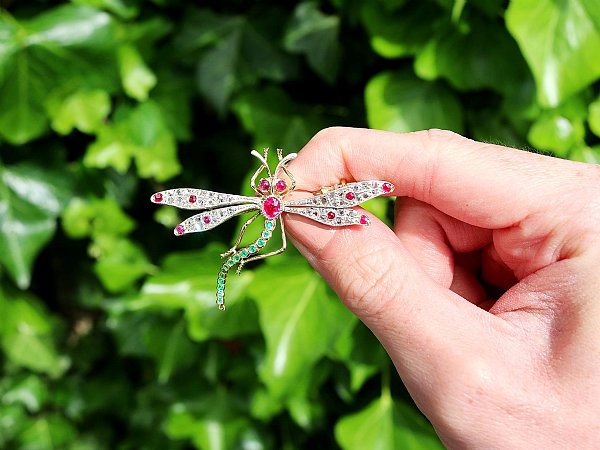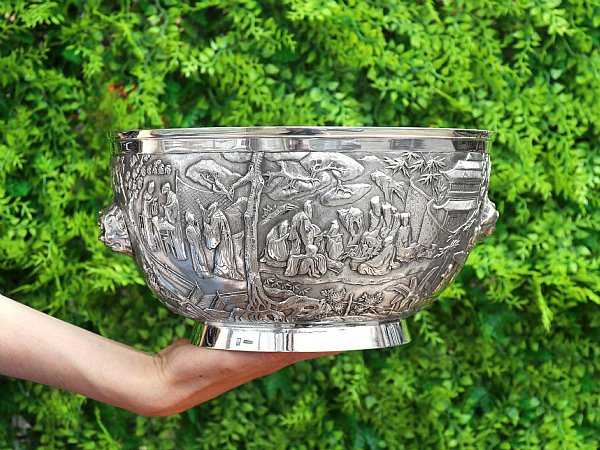Search Results for: '{{searchText}}'
Sorry...
We don't seem to have what you're looking for.
However we do have thousands of magnificent pieces of silver and jewellery available for you to view online. Browse our store using one of these categories.
Please wait for loading data... 
Browse these categories under "Claret Jugs"
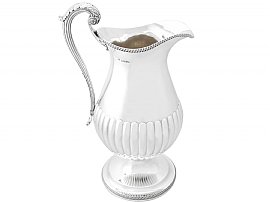
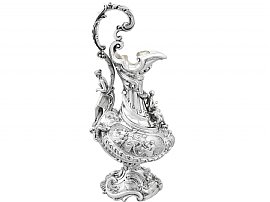
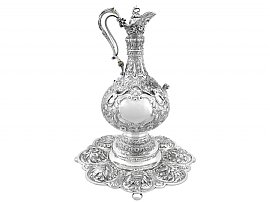
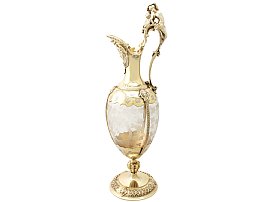

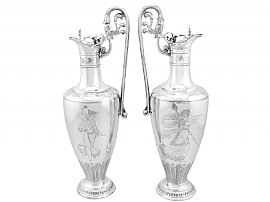
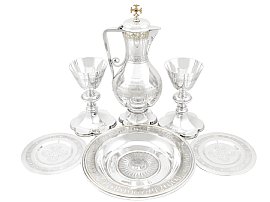
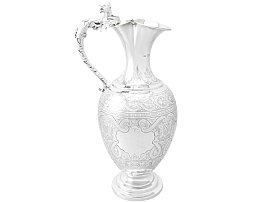
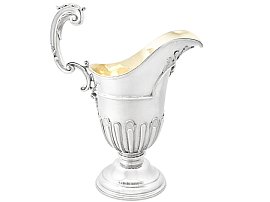
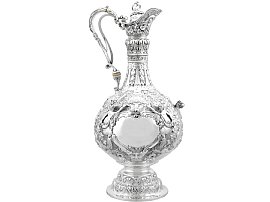
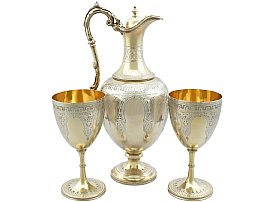
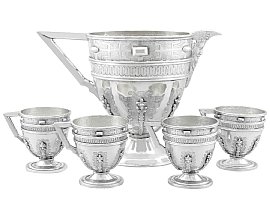
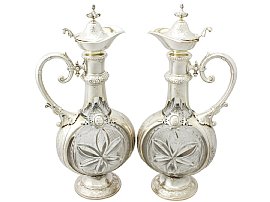
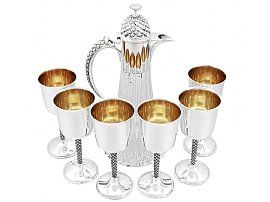
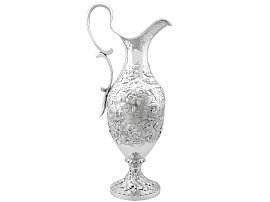
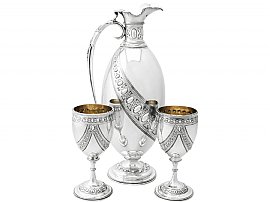
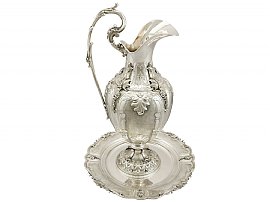
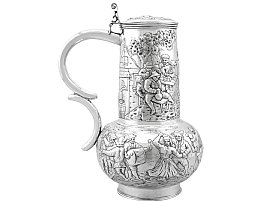
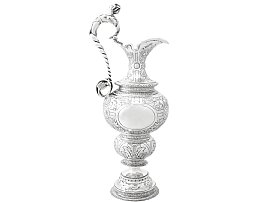
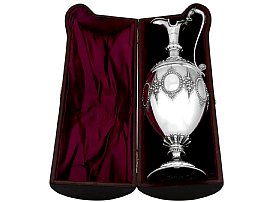
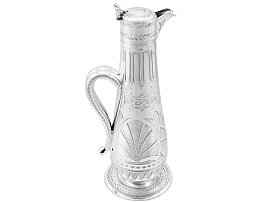
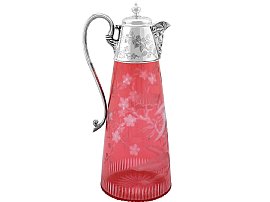

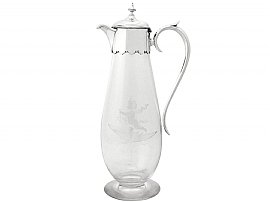
Sterling Silver Wine Ewer / Flagon by William Bateman I - Antique George IV
Price: GBP £24,750.00Sterling Silver Wine Ewer - Antique Victorian (1843)
Price: GBP £18,645.00Sterling Silver Armada Jug and Stand - Antique Victorian
Price: GBP £11,950.00Acid Etched Glass and Sterling Silver Gilt Claret Jug - Antique Victorian (1875)
Price: GBP £10,945.00Rare Sterling Silver Jug - Antique Victorian
Price: GBP £8,950.00Sterling Silver Claret Jugs by Elkington & Co - Antique Victorian (1869)
Price: GBP £8,745.00Sterling Silver Communion Set - Antique Victorian (1871)
Price: GBP £7,645.00Sterling Silver Wine Ewer - Antique Victorian (1880)
Price: GBP £7,645.00Sterling Silver Wine Ewer - George I Style - Antique Victorian
Price: GBP £7,645.00Sterling Silver Jug in the Armada Style - Antique Victorian
Price: GBP £6,950.00Sterling Silver Gilt Claret Jug and Goblets - Antique Victorian (1871)
Price: GBP £6,950.00Spanish Silver Jug and Matching Cups - Antique Circa 1700
Price: GBP £6,950.00German Silver and Cut Glass Claret Jug - Antique Circa 1880
Price: GBP £6,325.00Sterling Silver Mounted Glass Claret Jug and Matching Goblets by Anthony Elson - Vintage (1974)
Price: GBP £5,445.00American Sterling Silver Claret Jug - Antique Circa 1850
Price: GBP £4,950.00Sterling Silver Claret Jug and Matching Goblets by Barnard & Sons Ltd - Antique Victorian
Price: GBP £4,895.00Italian Silver Wine Ewer and Presentation Plate - Vintage Circa 1950
Price: GBP £4,345.00German Silver Flagon - Antique Circa 1870
Price: GBP £4,345.00Sterling Silver Claret Jug - Antique Victorian (1863)
Price: GBP £4,345.00Sterling Silver Wine / Water Jug - Antique Victorian (1869)
Price: GBP £3,950.00Sterling Silver Claret Jug - Aesthetic Style - Antique Victorian (1859)
Price: GBP £2,695.00Victorian Red Glass and Sterling Silver Mounted Claret Jug
Price: GBP £2,650.00Sterling Silver Wine Flagon - Antique Edwardian (1903)
Price: GBP £2,450.00Glass and Sterling Silver Mounted Claret Jug - Antique Victorian (1877)
Price: GBP £2,085.00